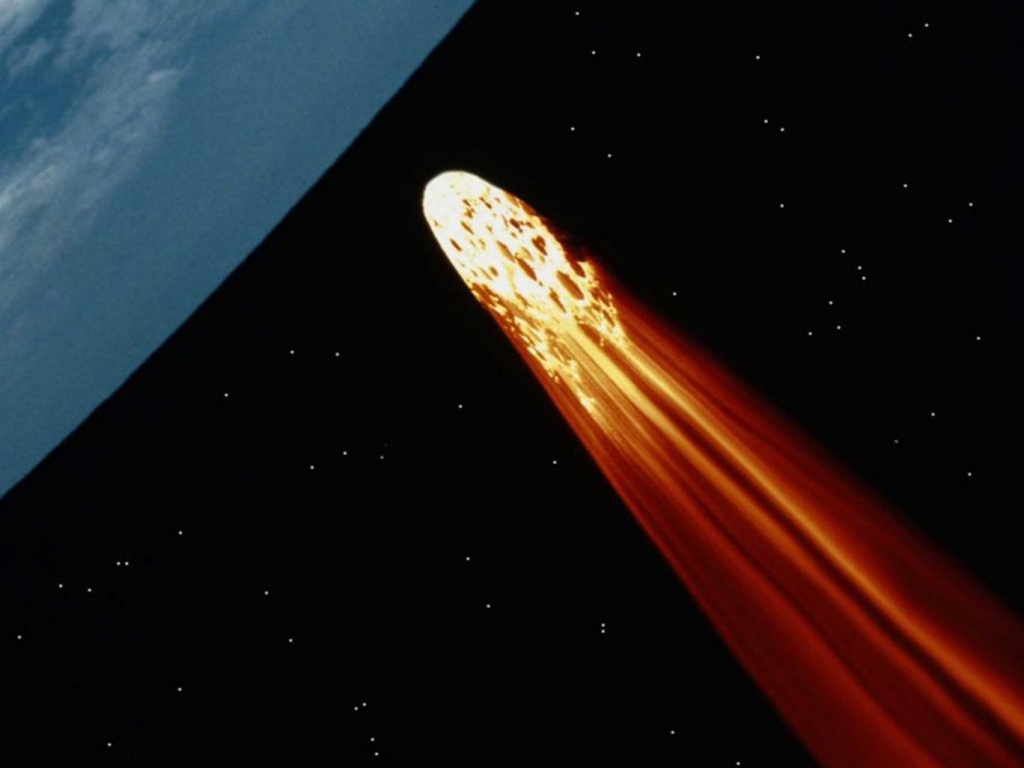-
Tips for becoming a good boxer - November 6, 2020
-
7 expert tips for making your hens night a memorable one - November 6, 2020
-
5 reasons to host your Christmas party on a cruise boat - November 6, 2020
-
What to do when you’re charged with a crime - November 6, 2020
-
Should you get one or multiple dogs? Here’s all you need to know - November 3, 2020
-
A Guide: How to Build Your Very Own Magic Mirror - February 14, 2019
-
Our Top Inspirational Baseball Stars - November 24, 2018
-
Five Tech Tools That Will Help You Turn Your Blog into a Business - November 24, 2018
-
How to Indulge on Vacation without Expanding Your Waist - November 9, 2018
-
5 Strategies for Businesses to Appeal to Today’s Increasingly Mobile-Crazed Customers - November 9, 2018
UFO to crash into the Indian Ocean this November
There is lots of man-made space junk but WT1190F is the first ever to crash into Earth.
Advertisement
Most, if not all, of the object is expected to burn up in Earth’s atmosphere, and whatever’s left will hurtle into the Indian Ocean. The origin of the junk is unclear but experts believe that it is the remnants of one of the Apollo missions.
The piece of junk could actually be a really cool historical artifact.
An unidentified piece of space debris originating from beyond the Moon is giving astronomers the rare chance to observe an object on a collision course with Earth.
Johnathan McDowell, astrophysicist at the Harvard-Smithsonian Center for Astrophysics, said it was ‘a lost piece of space history that’s come back to haunt us’.
Nature News suggested that it could be a piece of rocket from a recent space mission – possibly even from Saturn V (above), the first rocket to launch astronauts to the moon. It’ll also be a good opportunity to test the systems that are now in place to protect against more harmful space debris in the future.
The object, named WT1190F, is unique in that its trajectory has been unusually easy for scientists to determine; with most space objects, accurately pinpointing a date of impact is hard.
Advertisement
The odd object was discovered in early October by the Catalina Sky Survey, a project meant to provide early warning of approaching comets and asteroids. Gray’s calculations show that it will hit the Earth at 6:20 UTC, falling about 65 kilometres off the southern tip of Sri Lanka. Let’s just hope they don’t ruin a whale’s day.




























